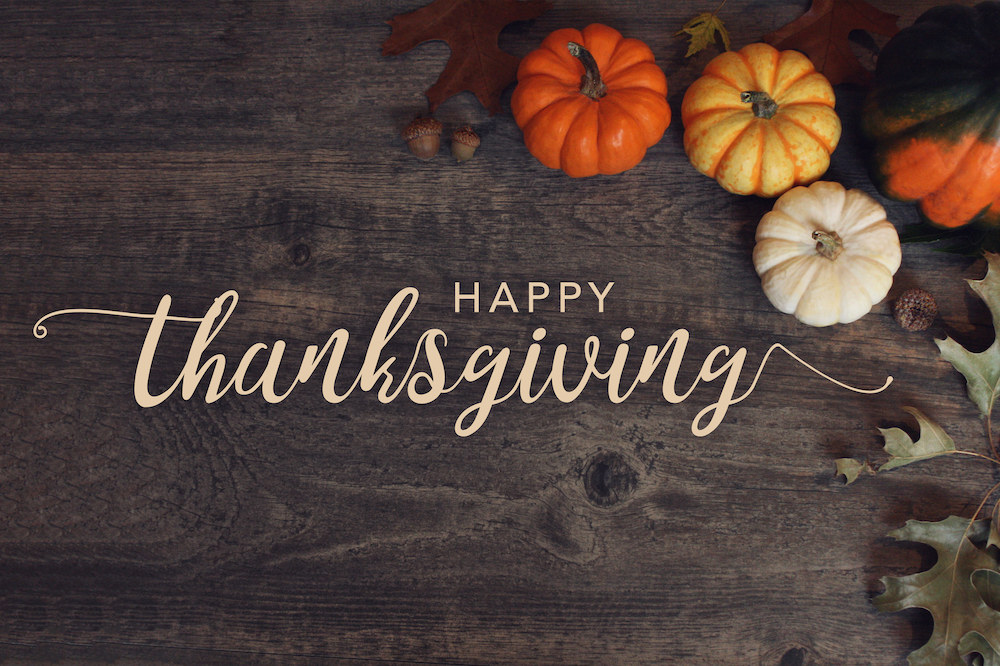The Hidden Costs of Homeownership
Homeownership is often considered a significant milestone in one's life, and for good reason. It can be a source of pride, a symbol of stability, and a place to call one's own. However, as exciting as it may be, buying a home can also be a daunting experience, especially for first-time buyers. One of the most critical aspects of homeownership that often gets overlooked is the hidden costs that come with it. These surprise expenses can quickly add up and catch buyers off guard, leaving them wondering how they'll make ends meet.
As "the largest investment most people will ever make," according to the National Association of Realtors, it's essential to understand the true costs of homeownership. The hidden costs of homeownership can be substantial, and they go beyond the initial purchase price of the property. From inspections and testing to repairs and maintenance, there are numerous expenses that buyers need to be aware of before making a purchase. So, what are these hidden costs, and how can buyers plan for them?
Inspections and Testing
One of the first hidden costs of homeownership is inspections and testing. Before buying a home, it's crucial to conduct a thorough inspection to identify any potential issues with the property. This can include termite inspections, environmental testing, and home inspections. These tests can help buyers avoid costly surprises down the line, but they can also be expensive. For example, a home inspection can cost anywhere from $300 to $1,000, depending on the location and size of the property. As "an ounce of prevention is worth a pound of cure," investing in inspections and testing can save buyers thousands of dollars in the long run.
In addition to inspections, buyers may also need to conduct environmental testing, such as mold or asbestos testing. These tests can be particularly important if the property is older or has a history of water damage. While the cost of these tests may seem high, they can provide buyers with peace of mind and help them avoid costly repairs in the future. For instance, if a buyer discovers that a property has a mold problem, they can negotiate with the seller to have the issue addressed before closing the deal.

Repairs and Maintenance
Another significant hidden cost of homeownership is repairs and maintenance. As a homeowner, buyers will be responsible for maintaining the property and making any necessary repairs. This can include everything from fixing leaky faucets to replacing the roof. While some repairs may be minor, others can be major and costly. For example, replacing a roof can cost anywhere from $5,000 to $15,000, depending on the size and type of roof. As "a roof over your head is a basic necessity," it's essential to budget for repairs and maintenance to avoid being caught off guard.
To plan for repairs and maintenance, buyers can set aside a portion of their budget each month. This can be as simple as putting aside $100 to $200 per month in a dedicated fund. By doing so, buyers can avoid going into debt when unexpected repairs arise. Additionally, buyers can also consider purchasing a home warranty, which can provide coverage for certain repairs and replacements. For instance, a home warranty can cover the cost of replacing a faulty HVAC system or repairing a leaky pipe.
Property Taxes and Insurance
Property taxes and insurance are two other significant hidden costs of homeownership. As a homeowner, buyers will be responsible for paying property taxes, which can vary depending on the location and value of the property. For example, in some areas, property taxes can be as high as 2% to 3% of the property's value per year. This can be a significant expense, especially for buyers who are not prepared. As "taxes are a necessary evil," it's essential to factor property taxes into the overall cost of homeownership.
In addition to property taxes, buyers will also need to consider insurance costs. Homeowners insurance can provide coverage for damages to the property, as well as liability coverage in case someone is injured on the property. The cost of insurance can vary depending on the location, value, and age of the property, as well as the buyer's credit score. For instance, buyers who live in areas prone to natural disasters, such as floods or earthquakes, may need to purchase additional coverage. By factoring in insurance costs, buyers can avoid being caught off guard by unexpected expenses.
Homeowners Association Fees
For buyers who purchase a property in a development with a homeowners association (HOA), there may be additional fees to consider. HOA fees can cover a range of expenses, including maintenance of common areas, amenities, and services. These fees can vary widely depending on the development and the services provided. For example, some HOAs may charge a flat fee of $100 to $200 per month, while others may charge a percentage of the property's value. As "you get what you pay for," it's essential to carefully review the HOA fees and what they cover before making a purchase.
To plan for HOA fees, buyers can review the development's budget and financial statements to get an idea of the fees and what they cover. Buyers can also talk to current residents to get a sense of the community and the services provided. By doing so, buyers can make an informed decision about whether the HOA fees are worth the cost. For instance, if the HOA fees cover amenities such as a pool, gym, or community center, buyers may find that the fees are a worthwhile investment.
Yard Work and Landscaping
For buyers who purchase a property with a yard, there may be additional expenses to consider. Yard work and landscaping can be time-consuming and costly, especially if buyers are not experienced in these areas. For example, hiring a lawn care service can cost anywhere from $30 to $100 per visit, depending on the size of the yard and the frequency of visits. As "a beautiful yard is a reflection of the homeowner," it's essential to budget for yard work and landscaping to maintain the property's value.
To plan for yard work and landscaping, buyers can set aside a portion of their budget each month. This can be as simple as putting aside $50 to $100 per month for lawn care and landscaping expenses. By doing so, buyers can avoid going into debt when unexpected expenses arise. Additionally, buyers can also consider DIY projects, such as gardening or landscaping, to save money and add personal touches to the property. For instance, buyers can plant flowers or trees, or install a patio or deck, to enhance the property's curb appeal.
Renovations and Upgrades
Finally, buyers may also need to consider the cost of renovations and upgrades. As a homeowner, buyers may want to make changes to the property to suit their needs and tastes. This can include everything from painting and decorating to major renovations, such as kitchen or bathroom remodels. The cost of renovations and upgrades can vary widely depending on the scope of the project and the materials used. For example, a kitchen remodel can cost anywhere from $10,000 to $50,000 or more, depending on the size of the kitchen and the materials used. As "a home is a reflection of the owner's personality," it's essential to budget for renovations and upgrades to make the property truly feel like home.
To plan for renovations and upgrades, buyers can set aside a portion of their budget each month. This can be as simple as putting aside $100 to $500 per month in a dedicated fund. By doing so, buyers can avoid going into debt when they're ready to make changes to the property. Additionally, buyers can also consider prioritizing their needs and wants to determine which projects to tackle first. For instance, buyers may want to focus on essential repairs, such as fixing a leaky roof, before moving on to cosmetic upgrades, such as painting or decorating.
Some common hidden costs of homeownership that buyers should be aware of include:
- Inspections and testing fees
- Repairs and maintenance costs
- Property taxes and insurance
- Homeowners association fees
- Yard work and landscaping expenses
- Renovations and upgrades
By understanding these hidden costs, buyers can make a more informed decision about whether homeownership is right for them. As "knowledge is power," it's essential to do your research and plan carefully to avoid being caught off guard by surprise expenses.
Unlikely Parallels in Risk Management
As we delve into the world of hidden costs and surprise expenses, it's fascinating to notice how these concepts can be applied to other areas of life, such as entertainment. Just as homeowners need to be aware of potential risks and expenses, individuals who enjoy games of chance must also be mindful of their financial decisions. When playing games that involve risk and reward, it's essential to set a budget and stick to it, much like planning for unexpected expenses in homeownership. For those who enjoy testing their luck, visiting Slingo Da Vinci Diamonds slot demo (Gaming Realms) can be a great way to experience the thrill of uncertainty while still being responsible with one's finances. By understanding the importance of risk management, individuals can make more informed decisions, whether they're buying a home or simply looking for a fun way to pass the time.
Conclusion
In conclusion, the hidden costs of homeownership can be significant, and they go beyond the initial purchase price of the property. From inspections and testing to repairs and maintenance, there are numerous expenses that buyers need to be aware of before making a purchase. By understanding these costs and planning carefully, buyers can avoid being caught off guard by surprise expenses and make the most of their investment. As "a home is a long-term investment," it's essential to take the time to research and plan carefully to ensure that you're making a smart decision. With the right knowledge and planning, buyers can enjoy the many benefits of homeownership and make their dream of owning a home a reality.







